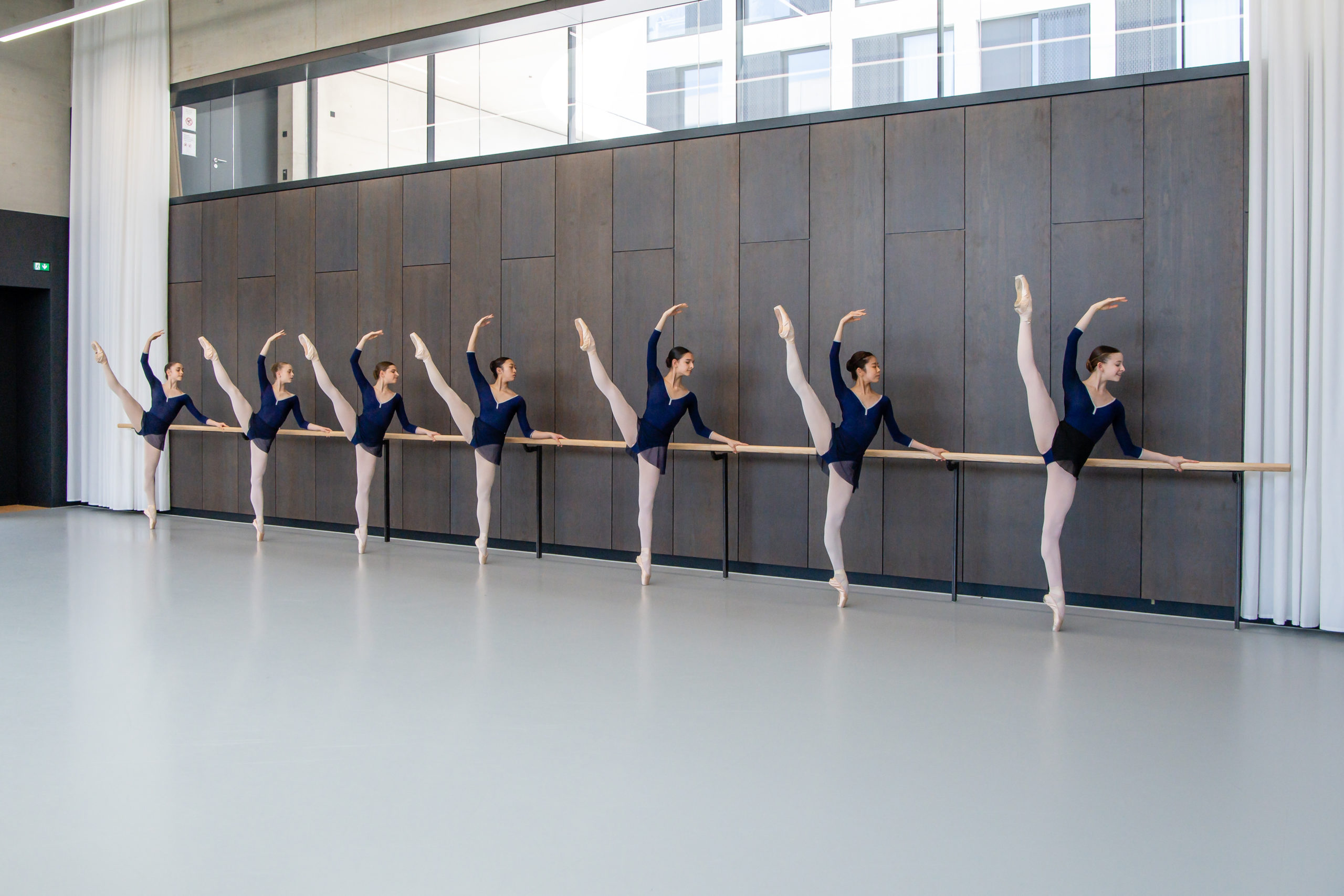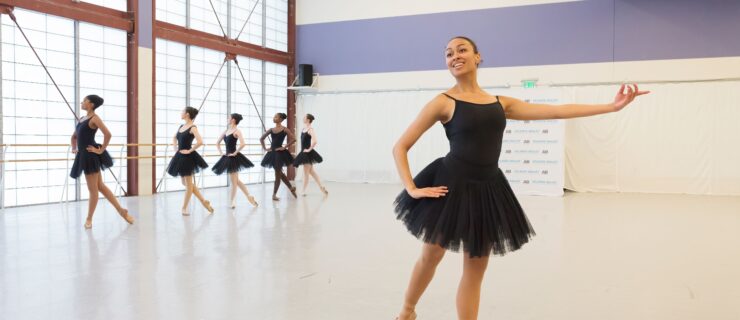Thinking About Training Abroad? Here Are Some Factors to Consider
When David Hallberg entered the Paris Opéra Ballet School during his final year of training at age 17, he remembers feeling like a fish out of water. “I wasn’t prepared for the cultural shock. Not only the language, but the mannerisms, style, technique,” he says, recounting being mostly ignored in the studio. But despite the negatives, Hallberg—who went on to become a principal dancer with American Ballet Theatre and the Bolshoi Ballet and is now artistic director of the Australian Ballet—was hugely inspired during his time in Paris. “The year opened my eyes in so many ways. I watched one of the greatest companies in the world, the greatest dancers, and the greatest repertoire. And I learned French. This is what gave me the grit I would need for other times in my career. Overall, it gave me great influence for my future path.”
The decision to train abroad poses a number of challenges for American dancers. But with so many world-class companies outside the U.S., training at an international school can be an important stepping-stone for those on a professional track. Since entering a ballet academy overseas is a major decision, and certainly not right for everyone, Pointe asked dancers and directors at various stages of their careers, and on both sides of the Atlantic, for their advice to help guide a dancer’s decision to study abroad.
Do Your Research
For some students, following an urge to train abroad stems from the dream of joining a specific company, or following in the footsteps of a favorite dancer. But while imagination can be alluring, your first step should be finding out the facts. Mariaelena Ruiz, Professional Training Program director of Cary Ballet Conservatory in North Carolina, has successfully sent students abroad, and advises them to be pragmatic when considering their futures. “I always suggest that students try it out first before moving their whole lives so far away,” she says. “Don’t go for the fantasy—go for the week, first, or for the summer.”
Ruiz meets with Cary Ballet students and their parents early in the school year to lay out their individual goals. If studying abroad is part of the plan, she acts as a messenger to help communicate between schools and students’ families. “It’s such a huge deal to move away from home, so it has to be a group decision,” Ruiz says. “Before anything, students should do their due diligence to learn all they can about a foreign program before jumping in headfirst.”
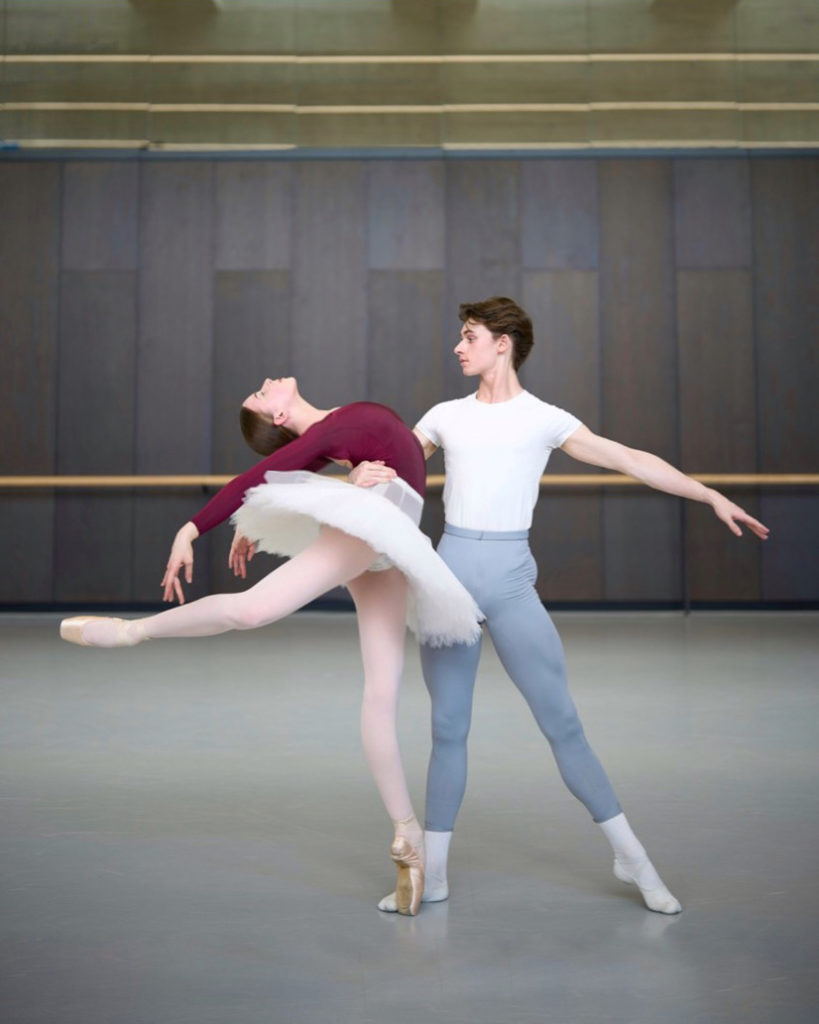
Weigh a School’s Focus Against Your Skills
The best approach when considering ballet schools is to look at its training curriculum and the affiliated company’s repertoire to gauge how you fit in. Are you only interested in the classics? Or are you suited to a more eclectic repertoire?
Texas-native Ava Arbuckle, a 2020 Prix de Lausanne award winner and recent graduate of the John Cranko School in Stuttgart, Germany, considered schools overseas that would strengthen her classical training. “It’s good to be honest about your strengths and weaknesses, and to look for training that can help you improve instead of just repeating what you do well,” Arbuckle says. She was especially drawn to the Cranko School’s Vaganova-style training. She also liked that its affiliated company, Stuttgart Ballet, performed a mixed repertoire of classical and contemporary choreography. Before making the leap, she reached out via social media to students at the academy to get an accurate idea of their daily schedules and curriculum. Having a clear idea of what to expect made the adjustment to the Cranko School’s classically based training program easier, she says.
Prepare for Obstacles
Aside from pressures in the dance studio, training in a foreign country comes with a horde of added challenges—including, but not limited to: cultural differences, language barriers, time differences and administrative obligations, like applying for residency permits, health insurance, bank accounts, etc.
English National Ballet junior soloist Precious Adams, who trained at The Princess Grace Academy in Monte Carlo and the Bolshoi Ballet Academy in Moscow, points out the difficulty of being an outsider in a foreign country. “There’s this constant feeling that you’re on the outside instead of one of their own,” she says. “But I learned to see a positive side to being different, too: Being in new environments exposed me to different cultures early on.”
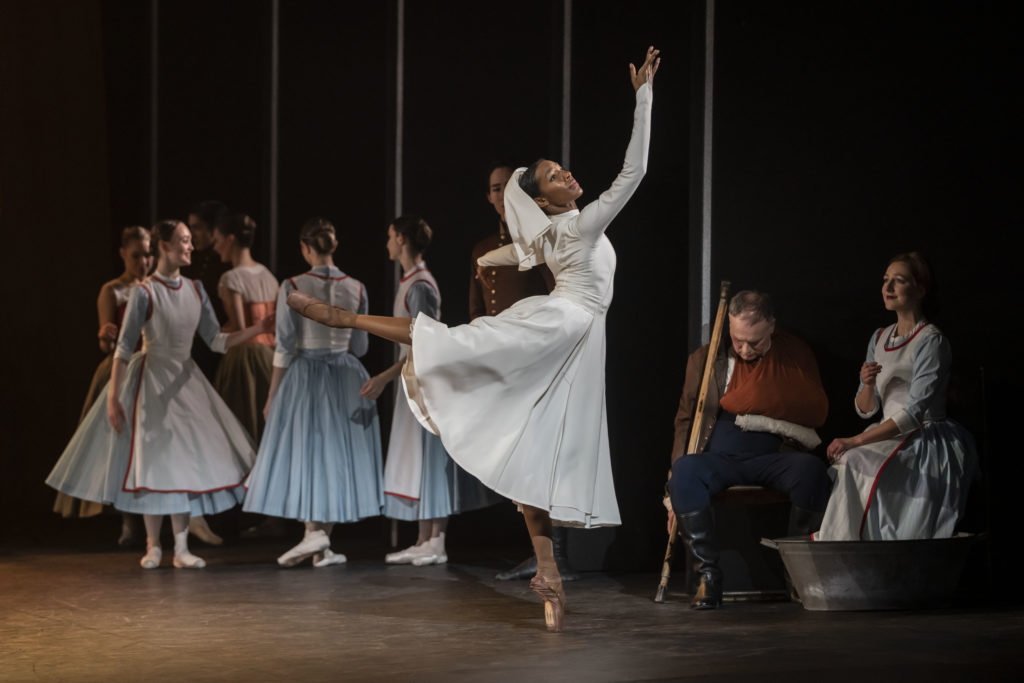
In terms of her dance training, Adams is adamant that learning new technique styles made her a more versatile performer, and more able to switch up her style in the professional world. “A thick skin is a given in the ballet world,” she says, “but new experiences are the benefit to training outside of your comfort zone. And, on the plus side, most people speak English these days.”
Be Willing to Grow
Above all, entering a ballet school far from home requires an open mind and a readiness to learn. Many educators want towork with students who are willing to immerse themselves in new ways of both working and thinking. Luca Masala, director of the Princess Grace Academy, knows the unique challenges of admitting foreign students, since practically all of the school’s students come from outside Monaco. When choosing applicants, Masala looks for dancers with passion and dedication for their art form. “It’s such a sacrifice to move away from your family and dedicate your life to this profession,” he says. “A dance education doesn’t just instill technique but affects your whole person. Sure, we look at a dancer’s cou de pied or flexibility, but we also look for that willingness to learn and be transformed into an artist.”
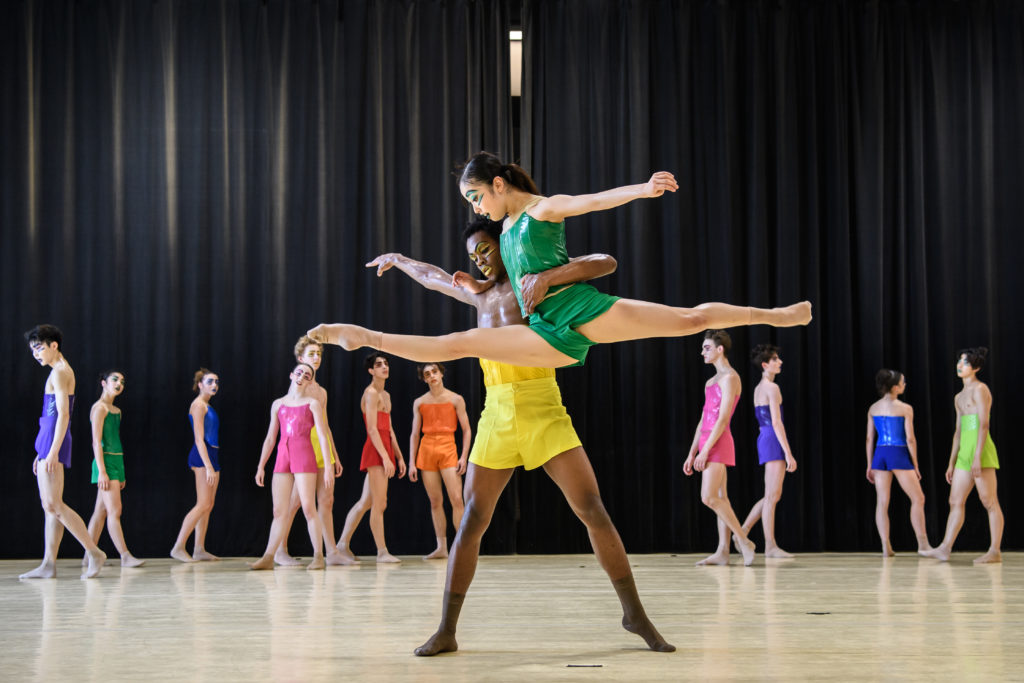
Hallberg has advice for aspiring dancers weighing their training options: The grass is not always greener, and make sure you’re ready. “My parents and teachers wanted me to have some normalcy during my teen years and encouraged me to wait before leaving home. I’m so grateful now! Studying abroad is hugely beneficial, but it needs to be done at the right time, and it’s not always the better option.”
